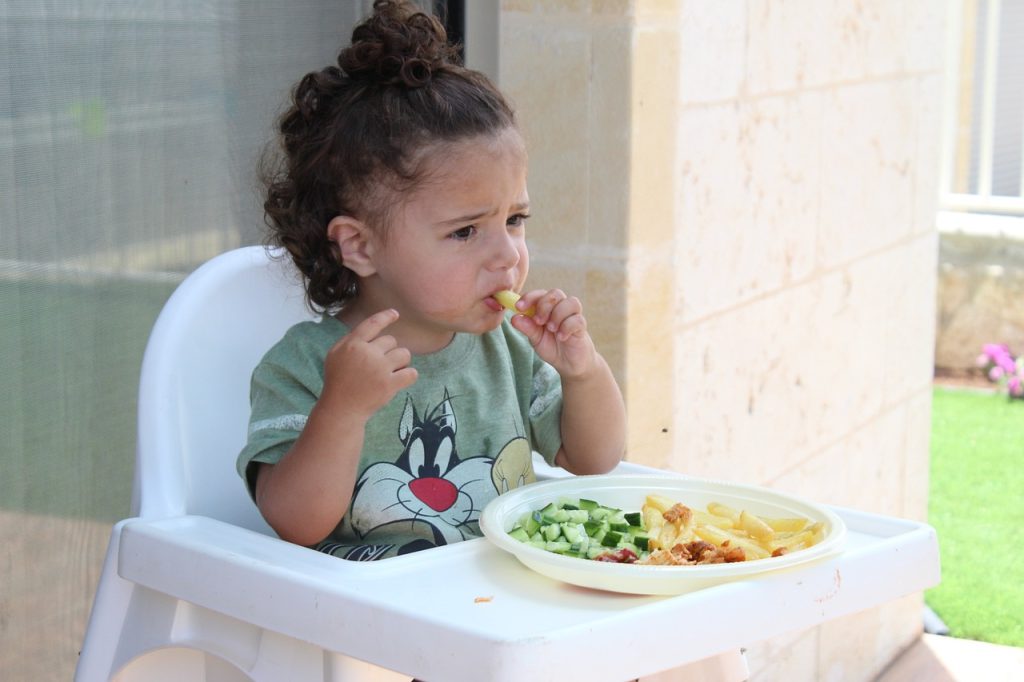
What is feeding therapy?
Feeding therapy is specially designed therapy to address the concerns of eating. Feeding therapy is typically provided by an occupational or speech therapist trained and certified in feeding therapy. Therapists work with your child and family to determine the source of your child’s difficulties then focus their interventions on those areas identified that need improved. Basically, it helps children learn how to eat or how to eat better and aims to decrease stress to make mealtime more enjoyable for the family. The therapist may focus on things like oral motor issues, sensory, environment, food orientation.
Who is feeding therapy for?
20% of children face eating difficulties before the age of seven. While about half of these children grow out of it, the others need extra help. Children with feeding problems often become anxious or stressed when they are asked to try new foods or if there’s a change to their diet. (Loconti). If you have concerns I recommend that you talk with your pediatrician. If it feels like more than typical “picky eating” or it causes you stress in any way, ask for more help. If you don’t get an answer that feels right to you, get a second opinion. In Ohio, occupational therapy doesn’t require a referral so you could go to an OT directly who specializes in feeding therapy.
Signs/Symptoms
- coughing, gagging or choking during feeding
- problems coordinating eating and breathing
- frequent projectile vomiting
- feedings that go on for more than 30 minutes
- difficulty trying baby food or purées
- refusing to open their mouth or turning their head away during feeding
- lack of interest in trying finger foods
- very restricted diet
- avoiding entire food groups or food with certain textures
- difficulty chewing
- coughing or choking while drinking
- inability to drink from a straw
- they become upset when presented with new foods
- low weight or losing weight because they refuse to eat
It takes time.
Feeding therapy is typically a longer process due to the need to build trust and overcome the anxiety built up around food for your child. Don’t expect immediate results. Your child may have several factors impacting their eating and each one needs to be focused on, one at a time. Trust the process.
How can you help as a caregiver?
As a caregiver you are a vital member of your child’s care. Carry over at home of the new skills your child is learning is so impactful to their progress. Caregivers must learn the skills and strategies themselves, so they can help the child progress. Trial and error and a caregiver’s feedback is imperative to the therapy feeding process. You may be asked to keep a log or journal of foods tried at home and reactions, to complete a home exercise program or to change a routine to help improve mealtime.
As a team, the caregivers and therapist decide which foods to target during the therapy. This choice is based on your child’s skill level, nutritional needs, sensory, and the families culture and lifestyle.
References
Loconti, Christine. What is Feeding Therapy? Grow by WebMD. Retrieved 8/21/23 from https://www.webmd.com/parenting/what-is-feeding-therapy#:~:text=It%20can%20make%20eating%20both,like%20difficulty%20chewing%20and%20swallowing.